~~~~~~~~~~~~~~~~~~~~~~~~~~~~~~~~~~~~~~
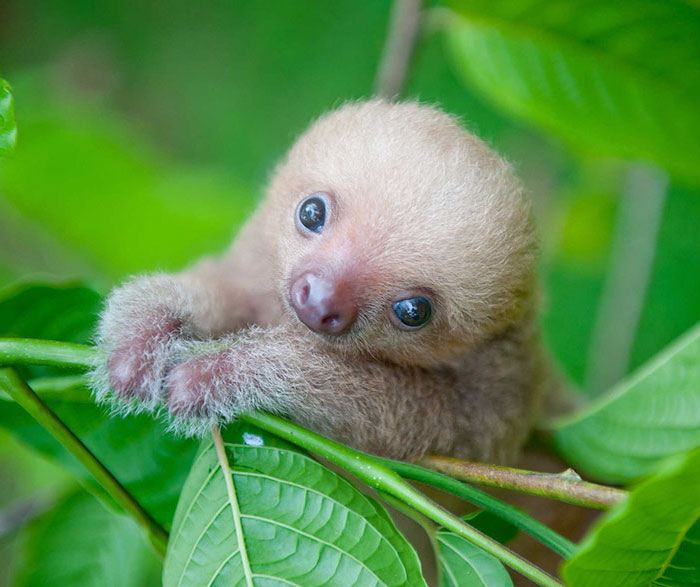
Sloths are the slowest mammals in the world. Fact. And after going through these pictures, you'll probably think that they're also the cutest mammals in the world. The 20th of October is International Sloth Day and it's a great opportunity to show some love and appreciation for these chill and cute animals. See how these animals have the cutest little smile.
See more pictures of cute little sloths
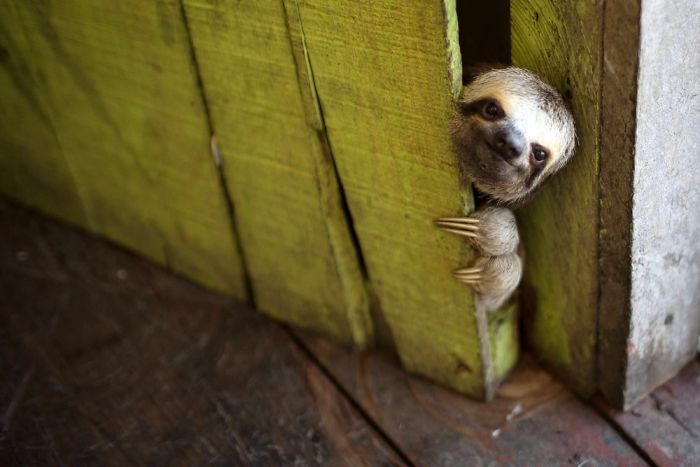
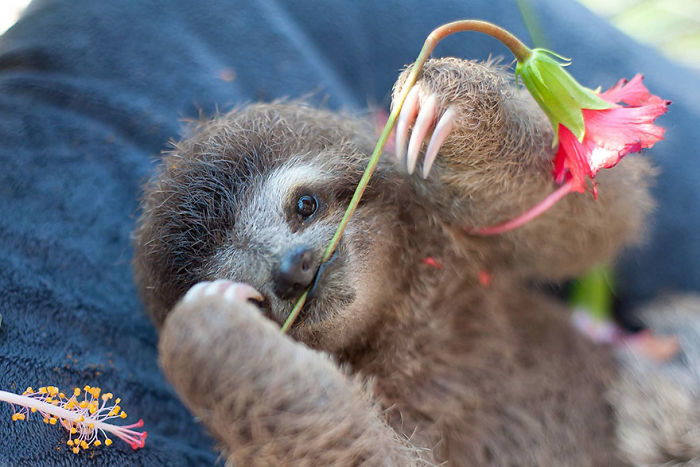
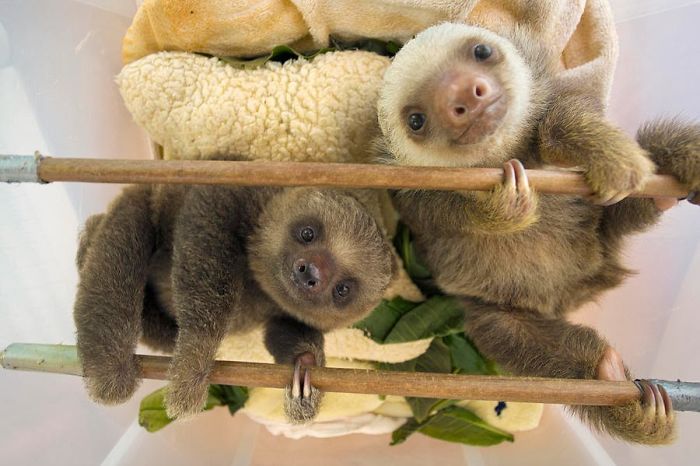
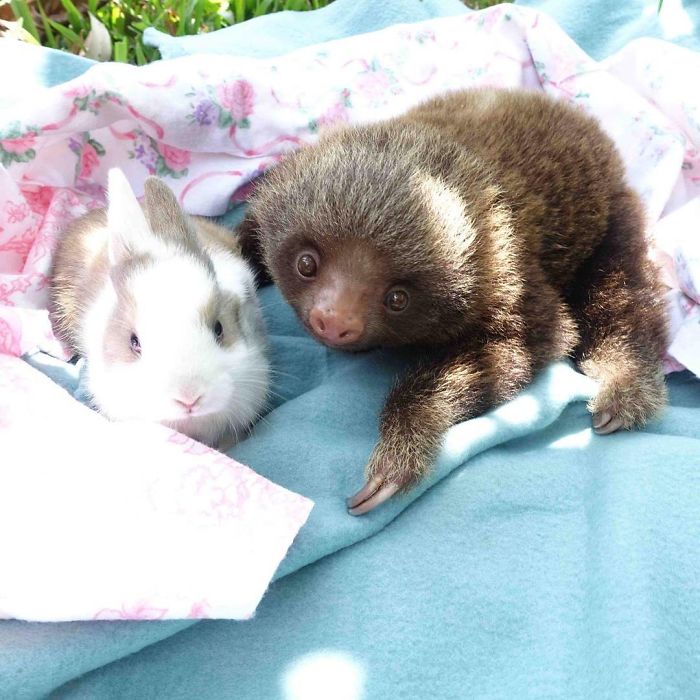
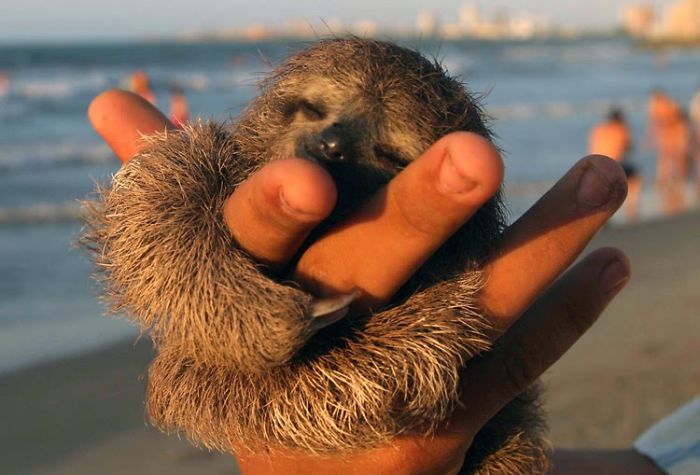


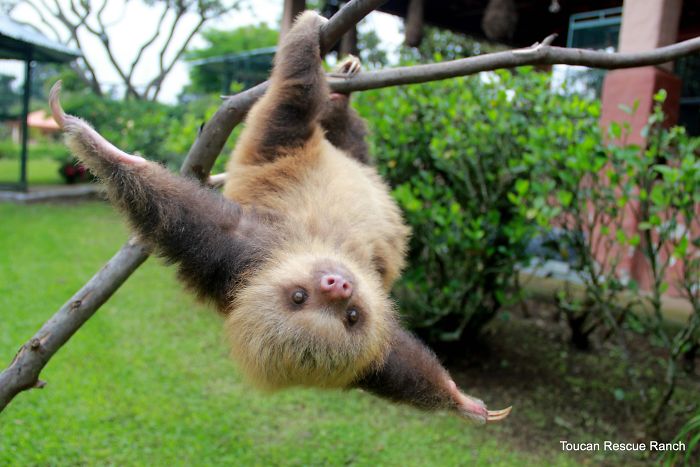
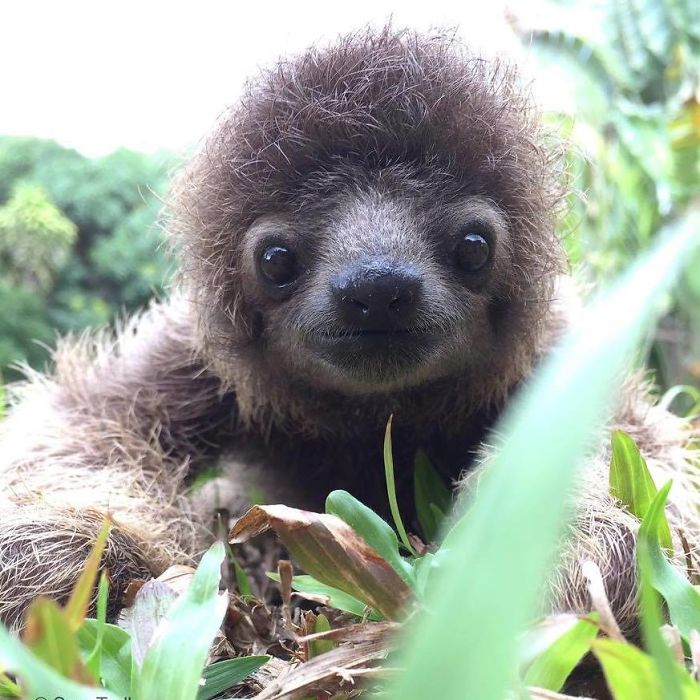
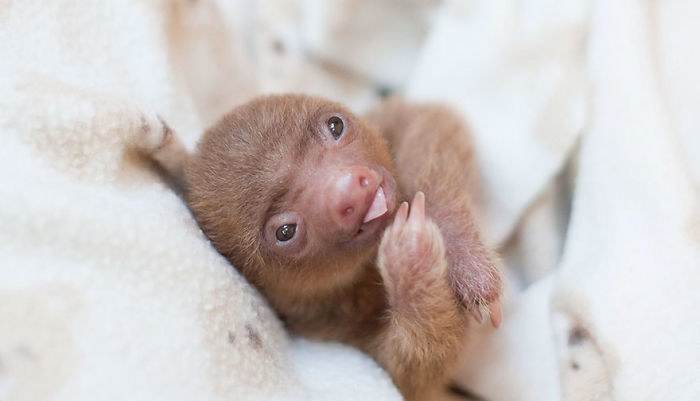
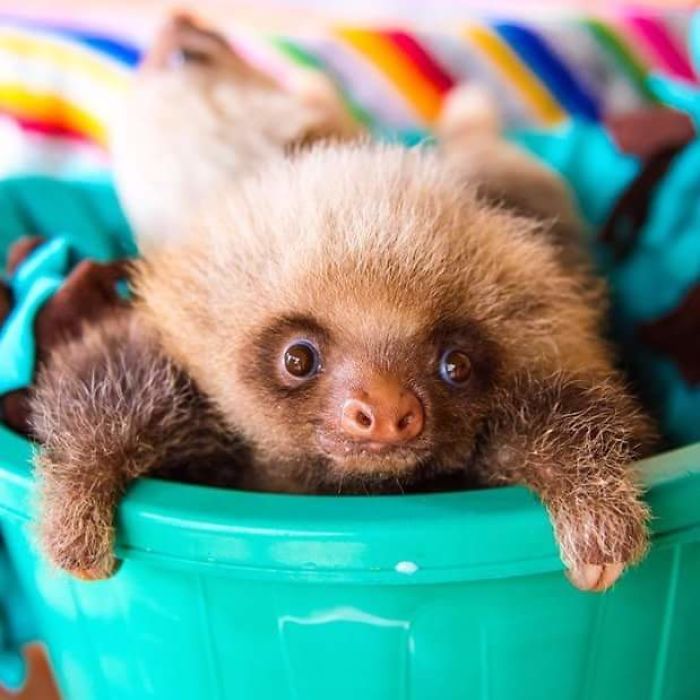
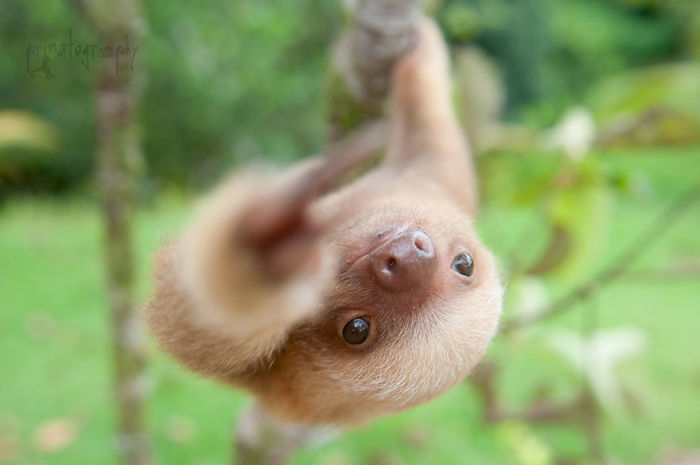
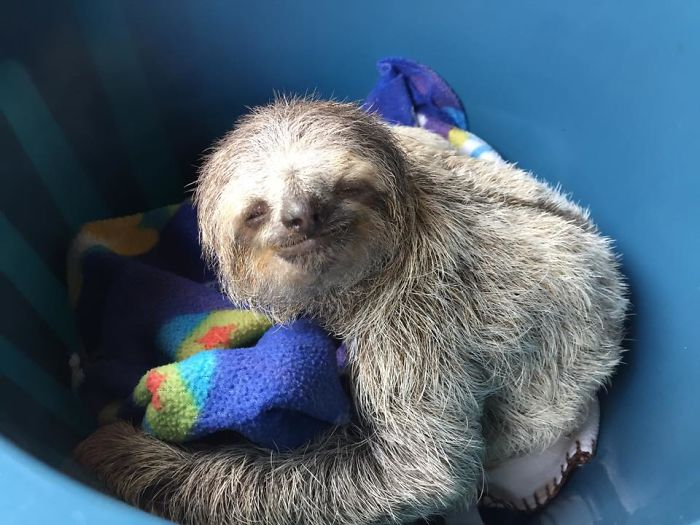
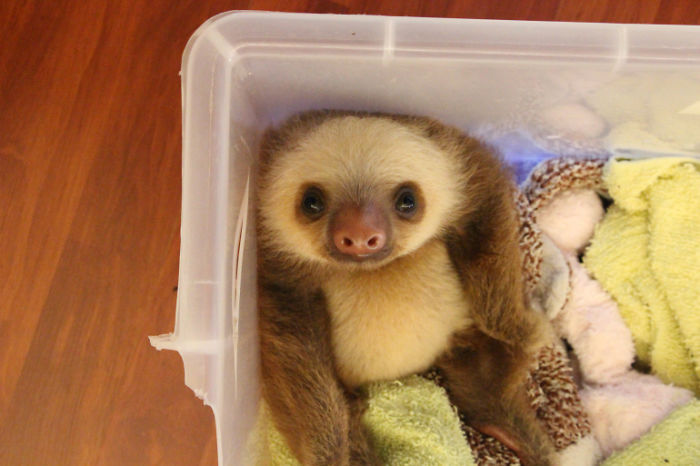



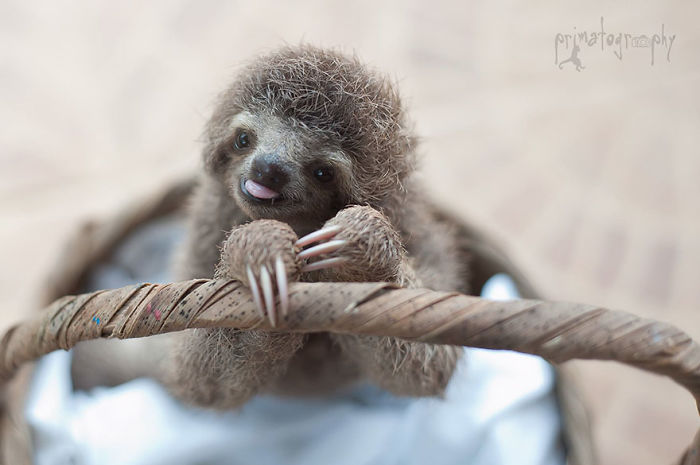

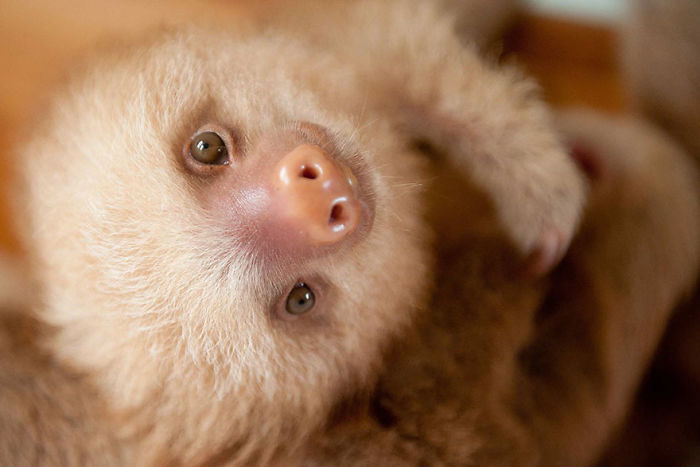
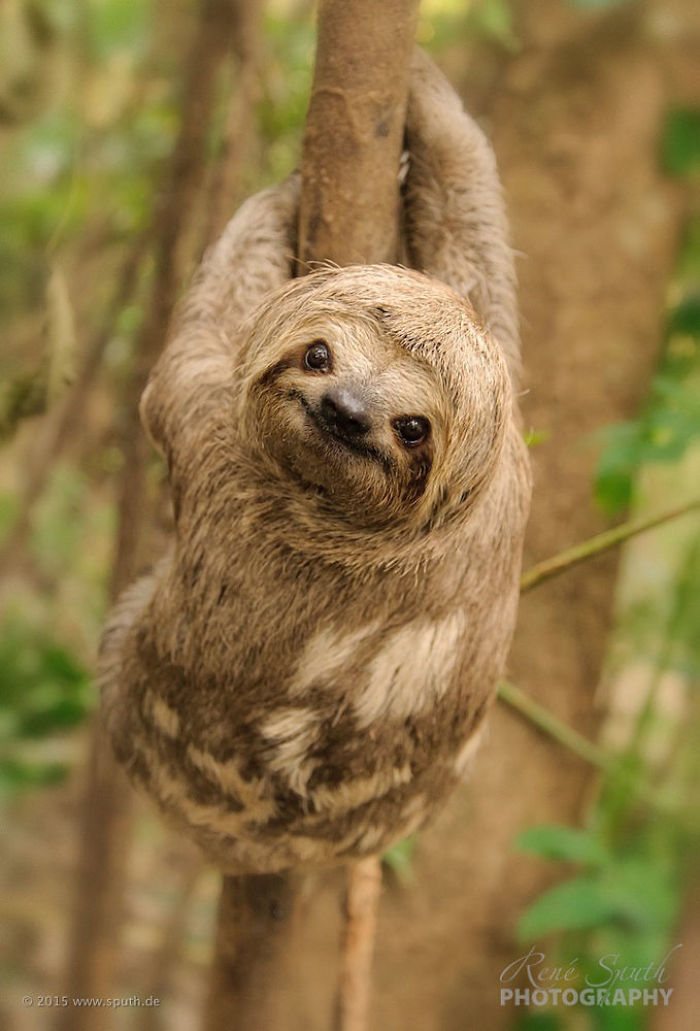
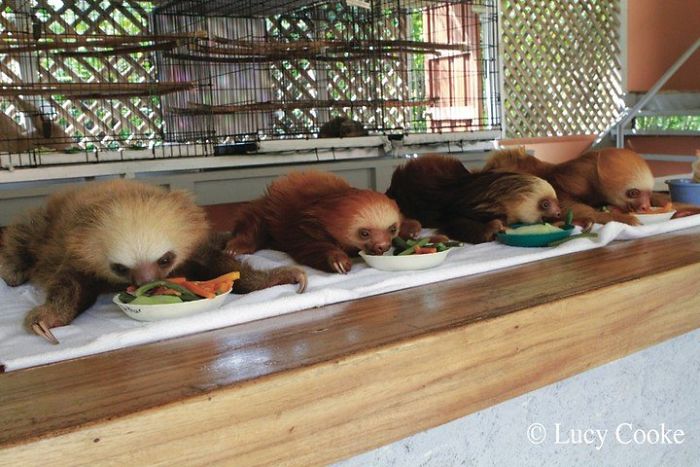
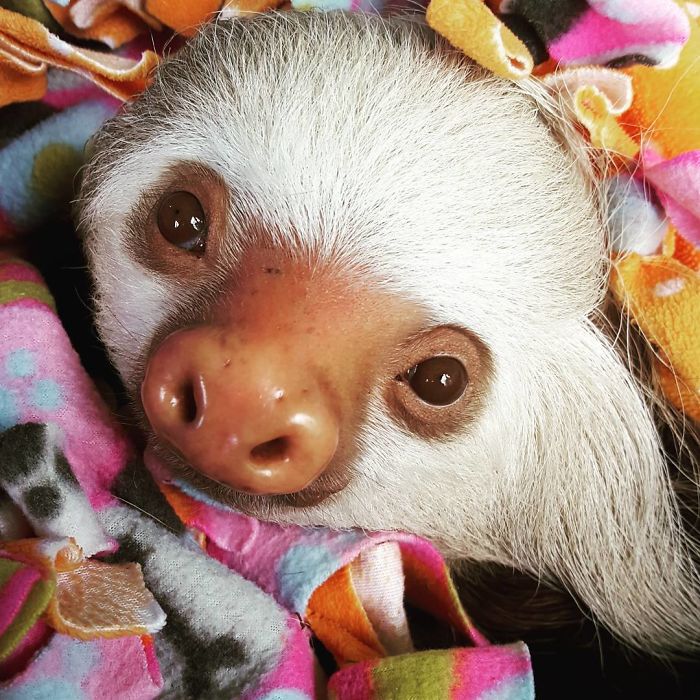
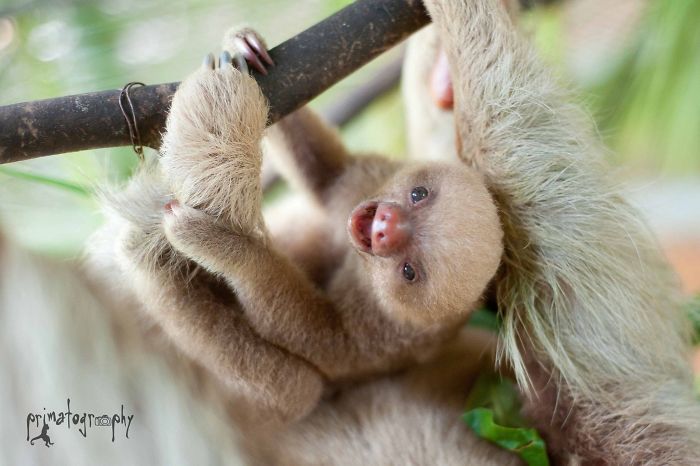

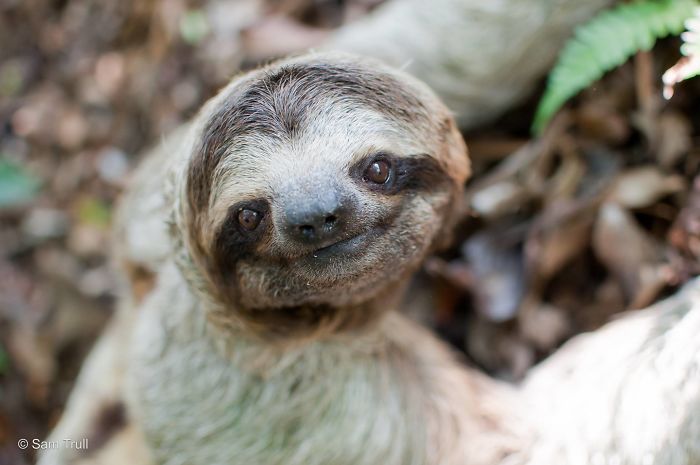
Pictures
http://www.boredpanda.com/cute-sloths/
About sloths
https://en.wikipedia.org/wiki/Sloth



Sloths are classified as folivores, as the bulk of their diets consist of buds, tender shoots, and leaves, mainly of Cecropia trees. Some two-toed sloths have been documented as eating insects, small reptiles, and birds as a small supplement to their diets.


Leaves, their main food source, provide very little energy or nutrients, and do not digest easily. Sloths, therefore, have large, specialized, slow-acting stomachs with multiple compartments in which symbiotic bacteria break down the tough leaves.
Sloths' tongues have the unique ability to protrude from their mouths 10 to 12 inches (25 to 30 cm), an ability that is useful for collecting leaves just out of reach. As much as two-thirds of a well-fed sloth's body weight consists of the contents of its stomach, and the digestive process can take a month or more to complete.


Since leaves provide little energy, sloths deal with this by a range of economy measures: they have very low metabolic rates (less than half of that expected for a mammal of their size), and maintain low body temperatures when active (30–34 °C or 86–93 °F), and still lower temperatures when resting.


Although unable to survive outside the tropical rainforests of South and Central America, within that environment sloths are outstandingly successful creatures. On Barro Colorado Island in Panama, sloths have been estimated to comprise 70% of the biomass of arboreal mammals.



Sloths' claws serve as their only natural defense. A cornered sloth may swipe at its attackers in an effort to scare them away or wound them. Despite sloths' apparent defenselessness, predators do not pose special problems: sloths blend in with the trees and, moving only slowly, do not attract attention.


Only during their infrequent visits to ground level do they become vulnerable. The main predators of sloths are the jaguar, the harpy eagle, and humans.
The majority of recorded sloth deaths in Costa Rica are due to contact with electrical lines and poachers.
Their claws also provide a further unexpected deterrent to human hunters; when hanging upside-down in a tree, they are held in place by the claws themselves and often do not fall down even if shot from below.


Recently, however, Dr. Neil Rattenborg and his colleagues from the Max Planck Institute for Ornithology in Starnberg, Germany, published a study testing sloth sleep patterns in the wild; this is the first study of its kind.
The study indicated that sloths sleep just under 10 hours a day. Three-toed sloths are mostly diurnal, while two-toed sloths are nocturnal.


Sloths go to the ground to urinate and defecate about once a week, digging a hole and covering it afterwards. They go to the same spot each time and are vulnerable to predation while doing so. The reason for this risky behaviour is unknown, although some believe it is to avoid making noise while defecating from up high that would attract predators.








Pictures
http://www.boredpanda.com/cute-sloths/
About sloths
https://en.wikipedia.org/wiki/Sloth
NOT ENOUGH SLOTHS?
See more pictures of cute sloths on previous articles on this blog
***********************

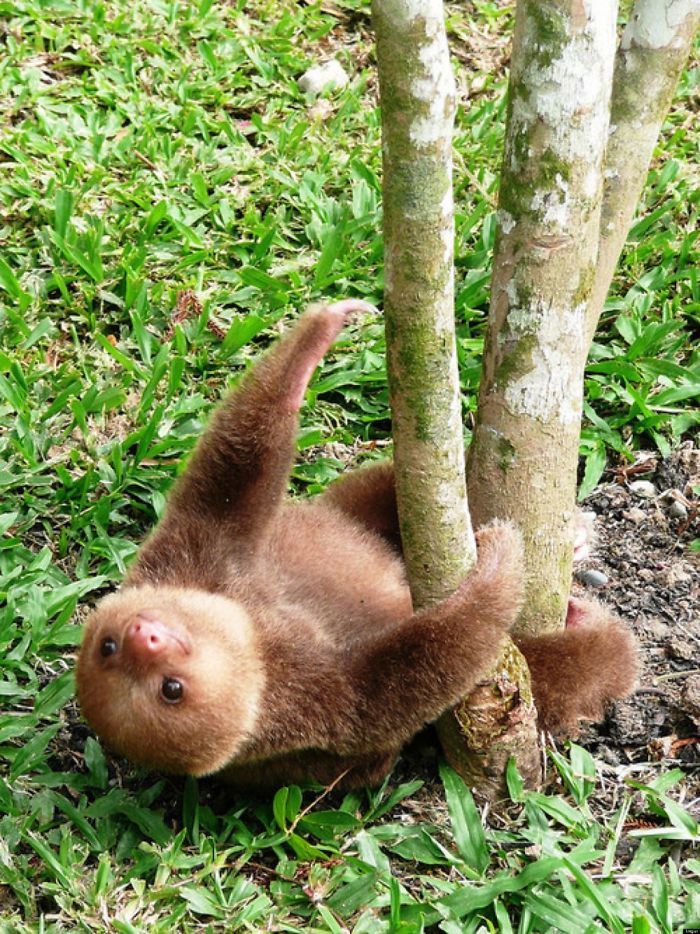
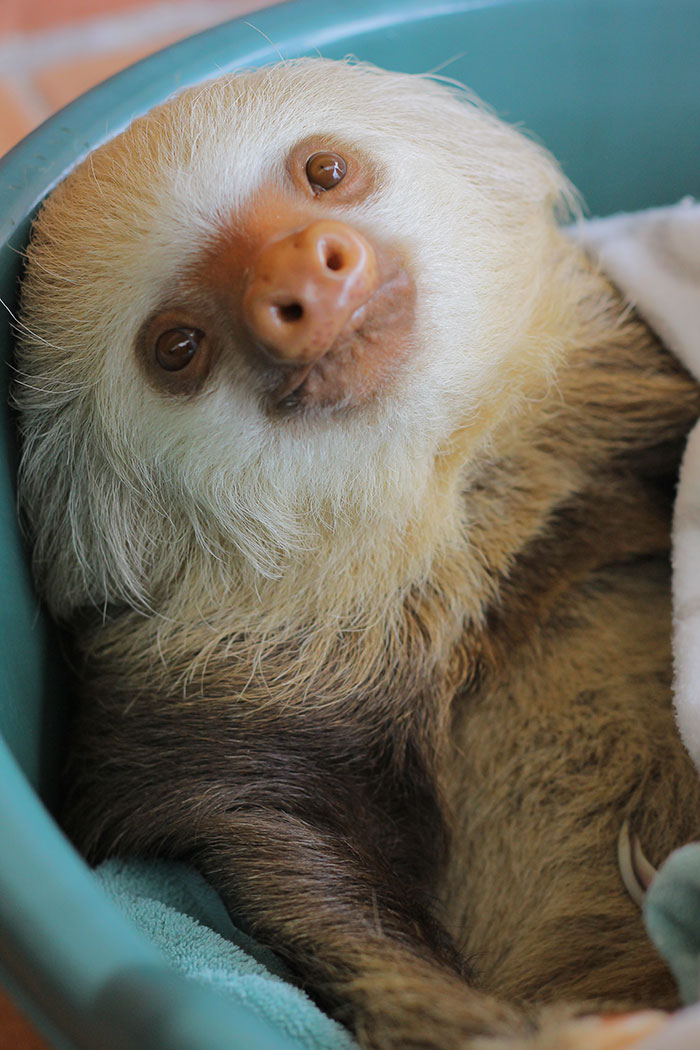
No comments:
Post a Comment
Thank you for visiting my blog. Your comments are always appreciated, but please do not include links.